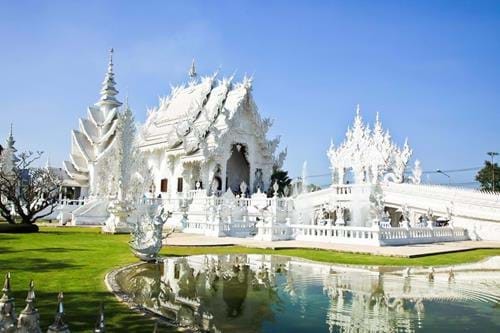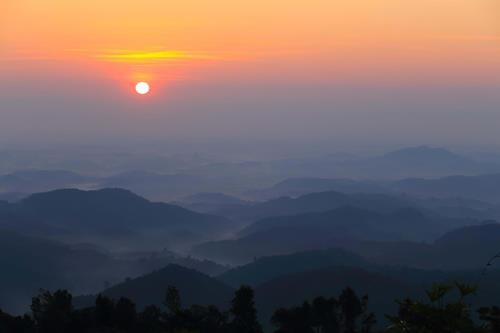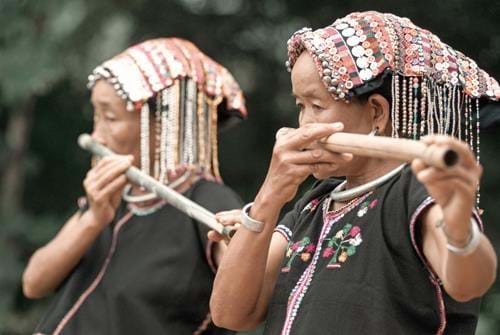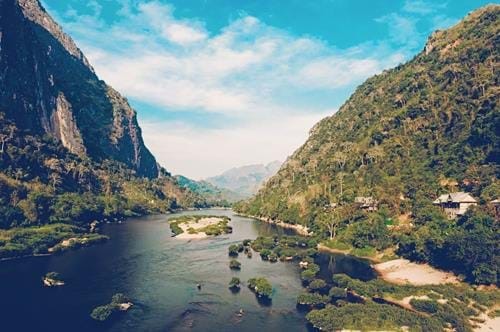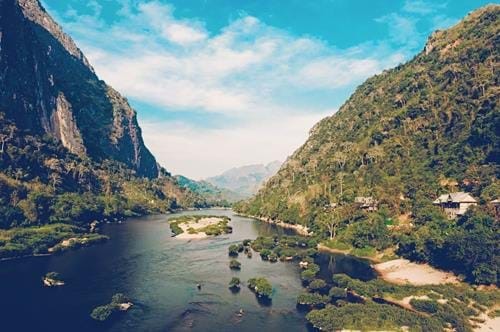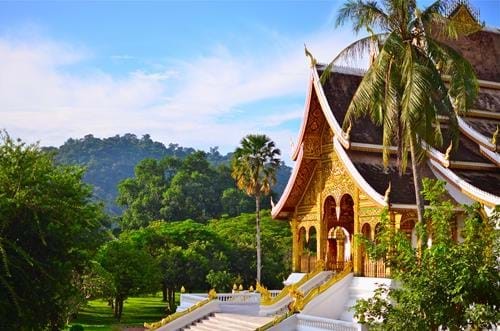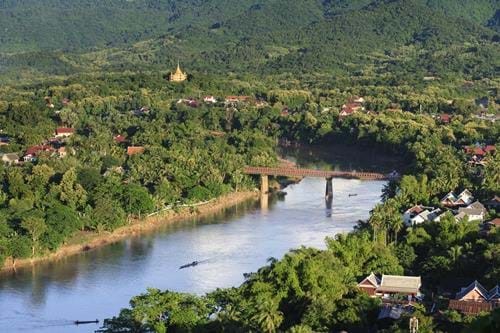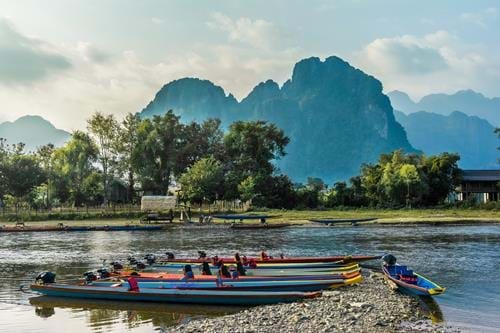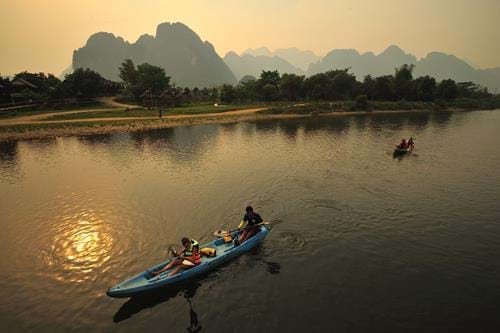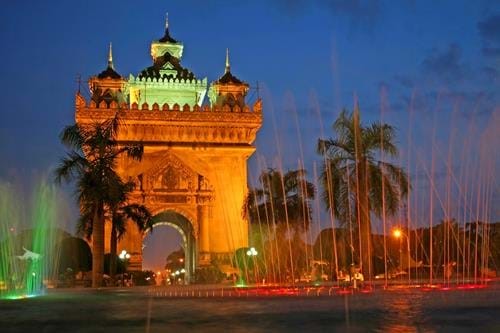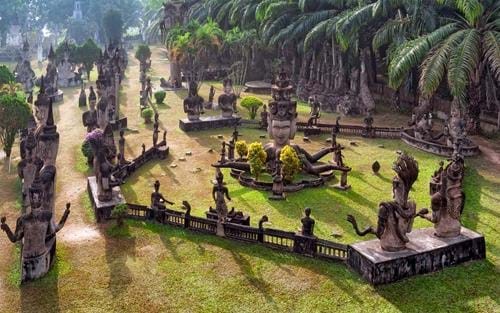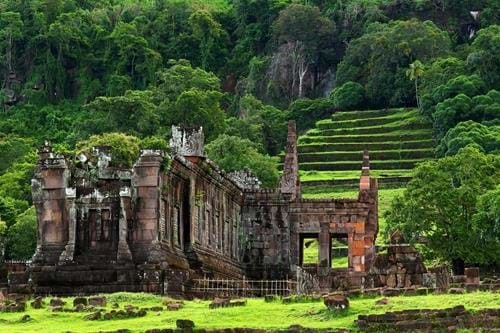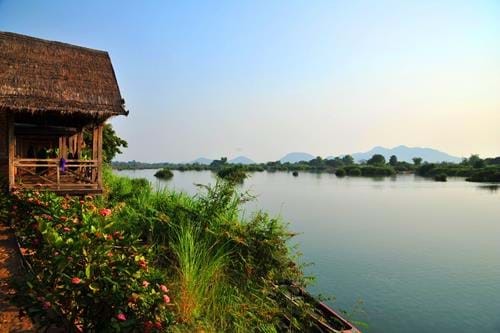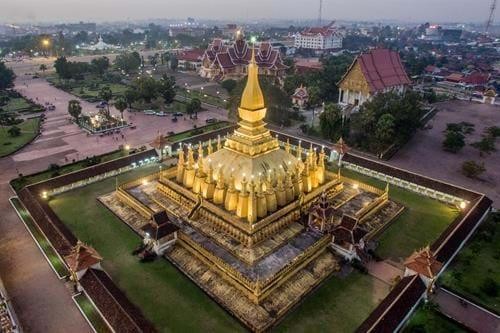Tailor-Made Tour
- Duration17 Days
- Flights IncludedYes
- Prices From £ 4925
 Places Visited :
Chang Rai, Huay Palang, Pakbeng, Kop Aek, Luang Prabang, Vang Vieng, Vientiane, Champasak
Places Visited :
Chang Rai, Huay Palang, Pakbeng, Kop Aek, Luang Prabang, Vang Vieng, Vientiane, Champasak
Anouvong is Heritage Line’s first-ever vessel to cruise the majestic Mekong River in Laos, and its newest in the fleet, taking to the river in September 2020. Lesser-travelled than other sections of the Mekong, this journey takes you past peaceful riverscapes, charming villages and delightful temples.
Explore this part of Laos in true style for three nights aboard the Anouvong, a true boutique cruising experience, with a total of only 10 cabins. Disembark in Luang Prabang, long regarded as the country’s preeminent cultural and religious capital, before continuing south through the stunning karst landscapes of Vang Vieng, to the capital Vientiane, and onwards to the Mekong in the far south of Laos.
This varied trip covers the highlights of this unspoiled and most beautiful corner of Asia, utilising some of Laos finest boutique accommodation.
Remember, this trip can be personalised to suit your travel needs - we can tailor everything from hotel, travel type, duration and more.

